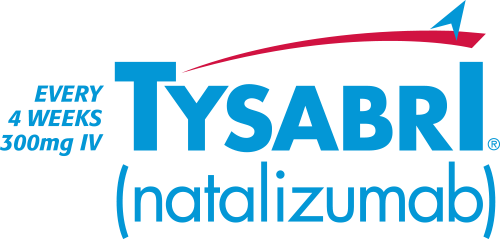Stories of strength
For over 15 years, TYSABRI has helped people take on their relapsing multiple sclerosis (MS). In fact, 84% of people are extremely satisfied with treatment.* Watch below as we celebrate the fighting spirit of people facing relapsing MS with the help of TYSABRI.
*97 people taking TYSABRI took a 10-point scale satisfaction survey on efficacy, safety, dosing, cost, quality of life (QoL), support services, and more. 81 reported overall treatment satisfaction of equal to or greater than 8 on a 10-point scale, where 10 is extremely satisfied.
Living With MS – Conquering Relapsing MS Fears
Learn how Jessica conquered her fears about relapsing MS to become the ultimate fighter.From Fearful to Fearless
Learn how Jessica conquered her fears about relapsing MS to become the ultimate fighter.
Nicole rises up and perseveres in the face of relapsing MS and any other challenges that come her way.
Learn how gratitude guides Rosario through her toughest relapsing MS moments.
After treating with TYSABRI for over 10 years, Gene is the same determined father he was before his diagnosis.
